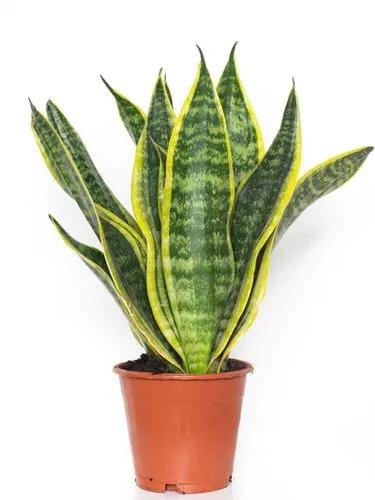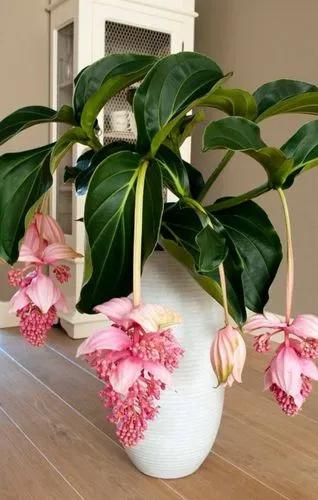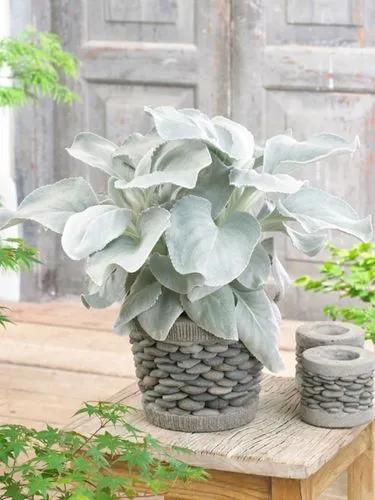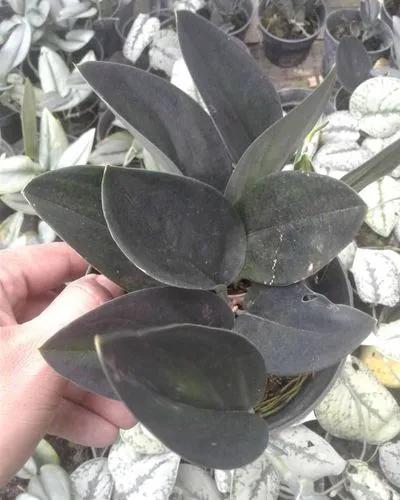Although the flowers are somewhat similar to other hellebores, Helleborus foetidus is very individual, from its filagree leaves to its green blooms, to the unpleasant scent of its leaves when they are crushed or bruised. Don’t let that last bit stop you from growing these amazing plants. They are extremely hardy and adaptable, stay evergreen most of the year and bloom earlier than just about any other perennial flower, often lifting their flower clusters despite the snow.Leaves: Deep green and deeply-cut leaves that spill outward, giving the plants an almost weeping look about them. The splayed nature of the cut leaves gives them their common name of “bear’s foot”. The unpleasant odor of the crushed leaves will explain their other common name, “stinking hellebore”.Flowers: The cupped flowers are a subtle yellow-green, usually with purple margins, and are surrounded by a pale green bract.
Bear's-foot Care
Helleborus Foetidus



How to Care for the Plant

Water

Once established, stinking hellebores will only need supplemental water during very dry conditions. Even then, they may struggle, but they will rally when conditions improve.

Pruning

You can clean up any ragged leaves, in the spring and prune back the spent flower stalks. If you want the plants to self-sow, don’t remove the flowers until they have released their seeds.

Fertilizer

They shouldn’t need additional fertilizer if you provide them with a rich soil and amend it annually with more compost or composted manure.

Sunlight

These are plants for a shady garden -- partial shade is where they will flourish. The leaves will scorch in full sun, during the summer, but they can handle the early spring sun that makes its way under trees that have not yet leafed out.

Soil

Being typical shade garden plants, stinking hellebores like a cool, moist, well-draining soil, rich in organic matter. Think of a forest floor. They do best in a soil pH that is slightly acidic to neutral (6.5 - 7.5) but are adaptable.

Temperature

They’re hardy against freezing conditions, even surviving temperatures of -10° F. If you live in snowy areas, this will often be one of the few plants you’ll see with winter vigor.

Additional

Ingestion may cause severe discomfort; skin irritant

Popularity

197 people already have this plant 42 people have added this plant to their wishlists
Discover more plants with the list below
Popular articles






